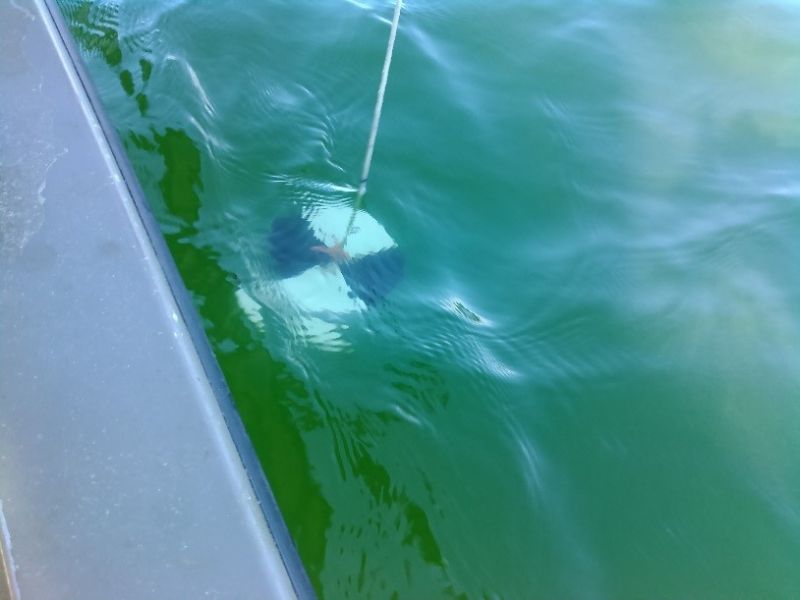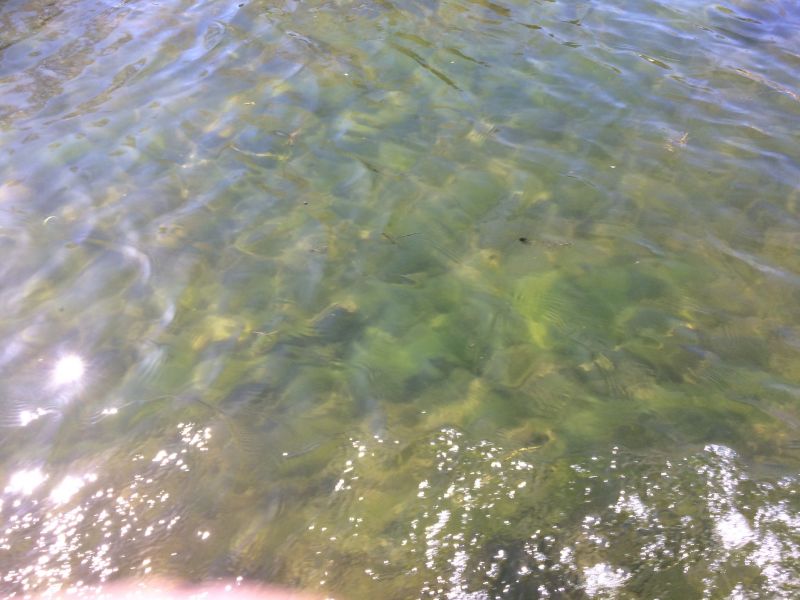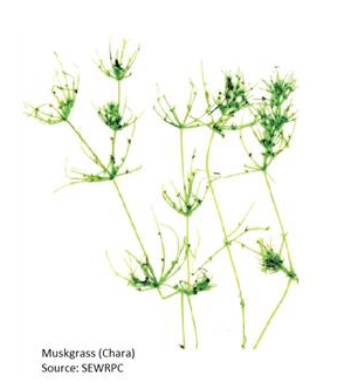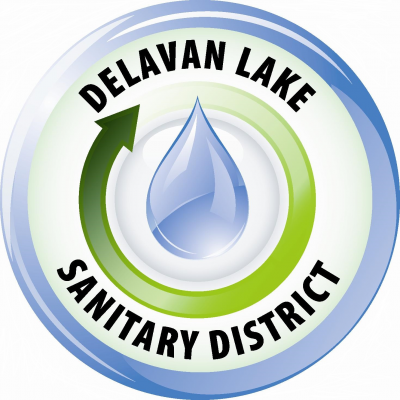Algae
Algae are frequently the most vilified lake organisms, but are in fact, important components of the lake ecosystem. Planktonic algae are microscopic, free-floating species that are found throughout the water column but may escape notice until high concentrations called 'blooms' change the water color and reduce visibility. These algae form the base of the food chain by producing oxygen and energy through photosynthesis. The energy is then passed on when algae are consumed by aquatic invertebrates and small fish, which in turn are eaten by larger fish and animals.

Planktonic algae causing water to appear green
Filamentous algae are single celled species which form long chains and appear as matts that resemble wet wool in the water. These mats are attached to the lake bed, rocks or plants but will float to the surface when gases are trapped in the mats. Although filamentous algae are not eaten, they do provide habitat for aquatic invertebrates which are eaten by fish and waterfowl. Delavan lake has been documented to have high levels of Filamentous algae.

Filamentous Algae
Chara and Nitella, also known as Stoneworts, are complex algae that grow in a fashion that makes them look very much like a vascular plant. The branched structure of Stoneworts provide habitat for invertebrates which are an important food source for young fish such as bluegills, bass and trout. Rhizoids, rather than true roots, anchor these algae to the sediments which in turn helps to stabilize the lake bottom.


